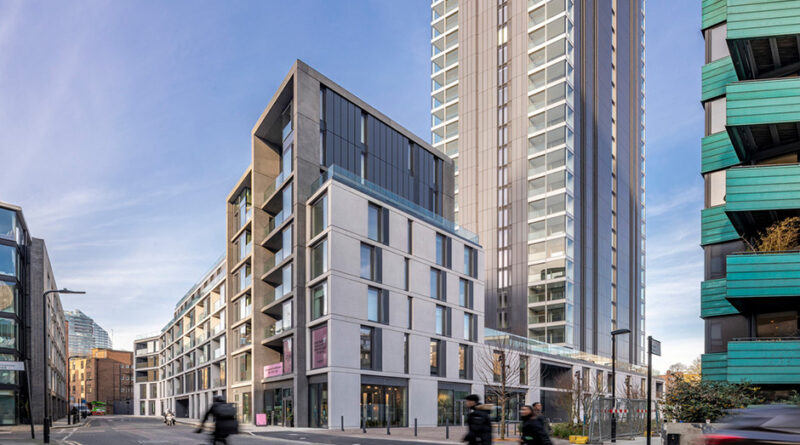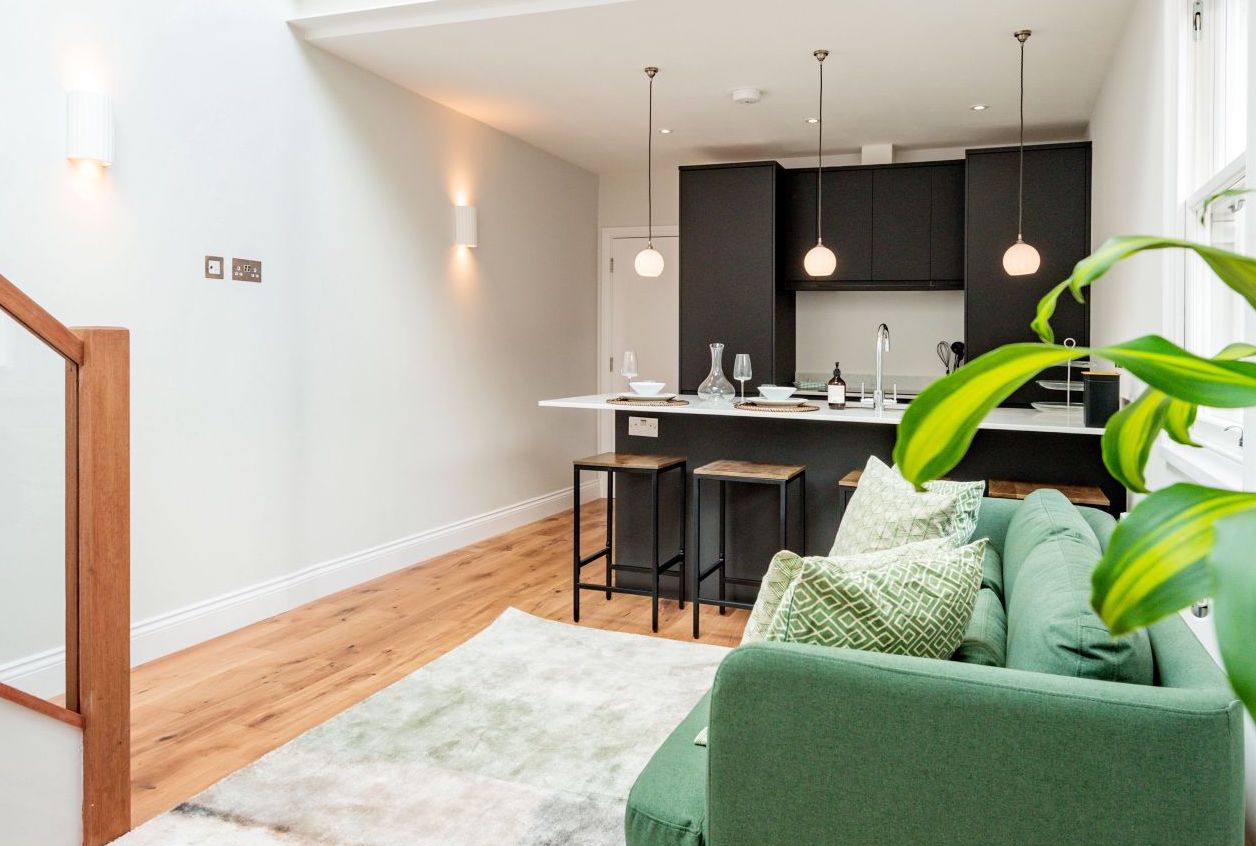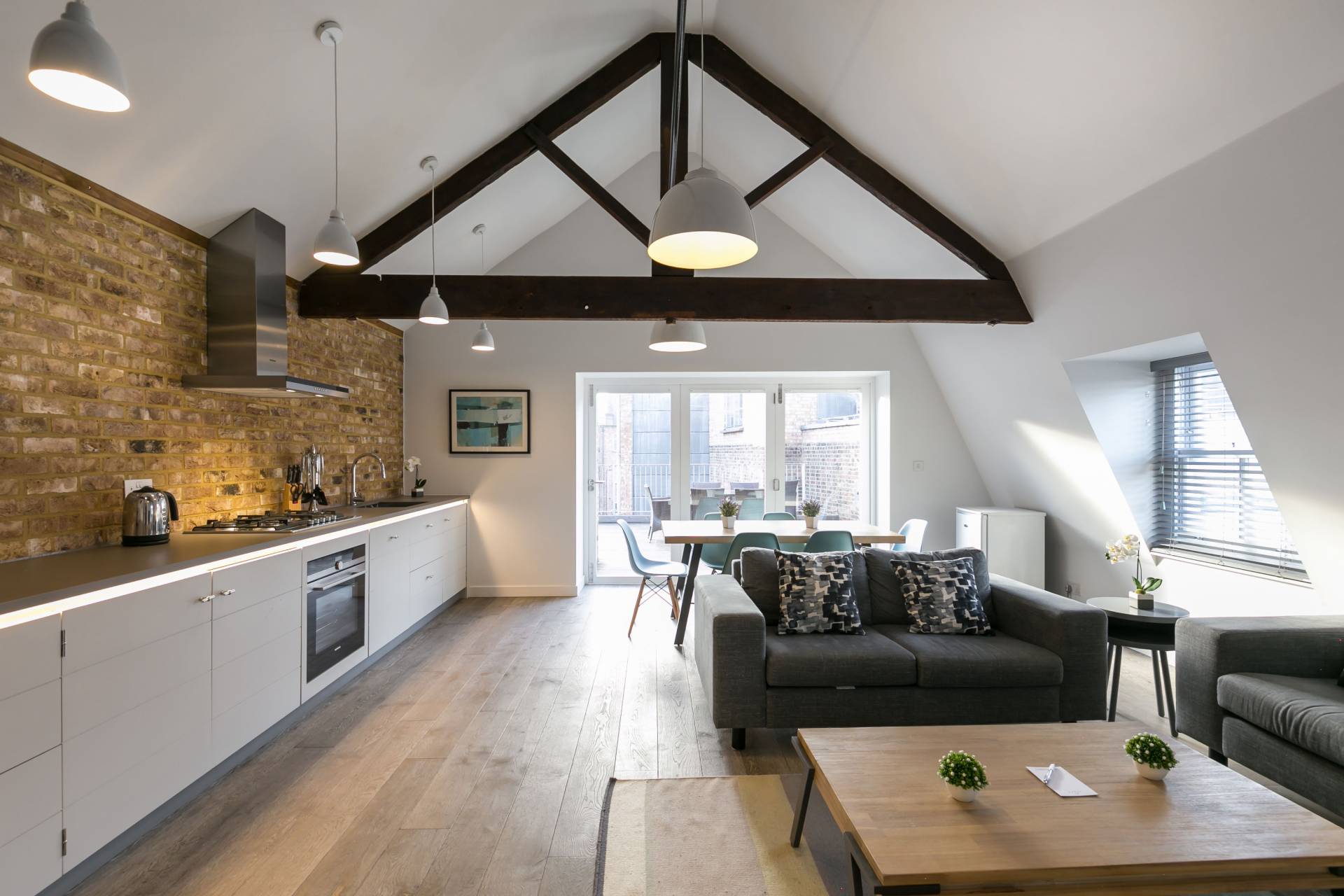SPONSORED CONTENT: Opago gives an overview on the evolution of mixed-use developments in urban environments.
The idea of mixed-use developments isn’t new, with landmarks such as The Shard and Battersea Power Station both established in the industry. These fantastic developments combine first-class living areas with outstanding amenities, delighting guests and shoppers alike. Now, as the market diversifies, we believe that the idea of mixed-use developments can go one step further.
In a world that is moving away from single-use lifestyles, developments should now be looking at how they can combine multiple revenue streams. This helps to increase yield and offer guests the types of units they crave. Read on to discover more about Opago’s thoughts on mixed-use developments and how they’ll evolve in 2023 and beyond.
What Do Today’s Mixed-Use Spaces Look Like?
Previously, mixed-use spaces combined residential and commercial spaces. This usually meant that shopping and leisure areas dominated the ground and lower floors, while residential spaces were found higher up. While this is still an attractive market, we think that an alternative approach could lead to greater returns.
Moving forwards, we believe that the mixed-use approach should combine different types of lets in one building. Rather than overseeing a student portfolio or a strict buy-to-let project, investors could diversify and increase their yields hassle free. Mixing units in this way has a plethora of advantages, including maximised occupancy rates, increased rental yields, operational efficiency, and more. Read on to find out more about the advantages that mixed-use spaces provide.
What Are the Advantages?
Diversification of Rental Income
By offering different rental options, the property manager can diversify their income streams. Private letted apartments provide stable, long-term rental income, while flexibly letted apartments allow for mid-term rentals, and short-stay apartments cater to travellers and tourists. This diversification can help mitigate risks associated with fluctuations in demand and rental market conditions.
Maximising Occupancy Rates
Different rental options attract various types of tenants. Some people prefer long-term leases, while others require shorter stays or more flexible rental arrangements. By combining these options, the property manager can attract a broader range of tenants and maximise occupancy rates throughout the year, all while increasing their yields.
Increased Rental Yield
Short-stay apartments typically command higher nightly rates than long-term rentals. By including short-stay apartments in the development, the property manager can potentially achieve higher rental yields during peak tourist seasons or in high-demand locations.
Adaptability to Market Changes
The real estate market is subject to fluctuations, and tenant preferences can change over time. By having a mix of rental options, the property manager can adapt to shifting market dynamics. For example, if there is a decrease in long-term rental demand, they can allocate more units to short-stay or flexibly let apartments to capitalise on emerging opportunities.
Enhanced Tenant Satisfaction
Offering a variety of rental options caters to different tenant needs. Some individuals or families may require a stable, long-term housing solution, while others may prefer the flexibility of shorter leases or temporary stays. By accommodating diverse preferences, the property manager can attract and retain a wider range of tenants, leading to increased guest satisfaction and potentially better word-of-mouth referrals.
Operational Efficiencies
Combining different rental options within the same development can provide operational efficiencies. For instance, shared amenities, maintenance staff, and security services can be optimised and shared among the different types of units, reducing overall costs and increasing efficiency in property management.
Synergy and Cross Promotion
Having a mix of rental options can create synergy within the development. Tenants in one type of unit may benefit from the amenities or services offered to tenants in another type of unit. Additionally, cross-promotion among tenants can occur, such as long-term residents recommending the short-stay apartments to visiting friends or family.
Which Markets Does This Work for?
Student Housing
By offering a variety of rental options, student landlords can optimise their rental income. Private letted apartments can cater to students who prefer long-term leases, while flexibly letted apartments can accommodate those who need housing for a semester or a few months.
Additionally, short-stay apartments can be used to capitalise on short-term demand during university events, holidays, or summer breaks. This diversification allows landlords to fill vacancies and generate consistent rental income throughout the year.
Buy-to-Let Investors
A buy-to-let investor can also benefit from this model. By diversifying their rental options, buy-to-let investors can spread their risk and enhance their income streams. Private letted apartments provide stable, long-term rental income, while flexibly letted apartments cater to tenants seeking medium-term accommodation. Short-stay apartments can generate higher rental yields during peak tourist seasons or in high-demand locations.
This diversified approach can help investors mitigate the impact of fluctuations in the rental market and potentially increase overall rental income.
Build-to-Rent Operators
Build-to-rent operators also have a great opportunity. By splitting their properties between traditional lets, flexible options, and short stays, operators can increase their overall rental yield with a much lower risk. Long-term stays will provide them with steady income throughout the year, while flexible lets fill voids and provide higher income in peak months.
Developers
Using this model, property developers can diversify their portfolio and find short-to-medium-term solutions for vacant properties. The turbulent market means that developers may have unsold units in popular areas, with buyers now choosing to wait before making a considerable outlay.
However, when developers choose to embrace the mixed-use model, they can switch on flexible letting and start bringing revenue into their organisation. This temporary solution stops assets going to waste, and, because they’re occupied, tasks such as housekeeping, maintenance, and compliance can be taken care of more easily.
Private Landlords in Popular Areas
When landlords have entire blocks to fill, this approach is also ideal for them, especially in desirable areas. Locations with high tourism demand, such as popular vacation spots, coastal areas, or major cities with significant tourist attractions, can benefit from this approach.
By offering short-stay apartments alongside private and flexibly letted units, property managers can cater to the needs of both tourists and long-term residents, maximising rental income during peak seasons and maintaining occupancy rates throughout the year.
Locations with transient populations, such as business hubs and university areas, can benefit from this model. Flexibly letted apartments can cater to individuals or corporate tenants who require temporary housing for a few months or a year, while private letted apartments provide options for long-term residents. Short-stay apartments can accommodate business travellers or guests seeking short-term stays, enhancing the flexibility and attractiveness of the rental offerings.
What’s Next?
At Opago, our expertise across markets puts us in an ideal position to assist you in this next step. With first-class operations backed by technology and vast expertise in flexible lettings, we offer everything you need to dive into the world of mixed-use properties. We’re already innovating with our buy-to-flex model, and we’d love to speak to you about your ambitions for 2023 and beyond.
We’ve built our reputation through partnering with businesses, and we’re now working to help organisations grow. Our white label options mean we take care of everything discreetly, allowing your business to scale effectively with no hassle. Whether you need handpicked services to compliment your current offering, or you want us to take on all aspects of property management and flexible letting, we have white label options to suit all businesses.









